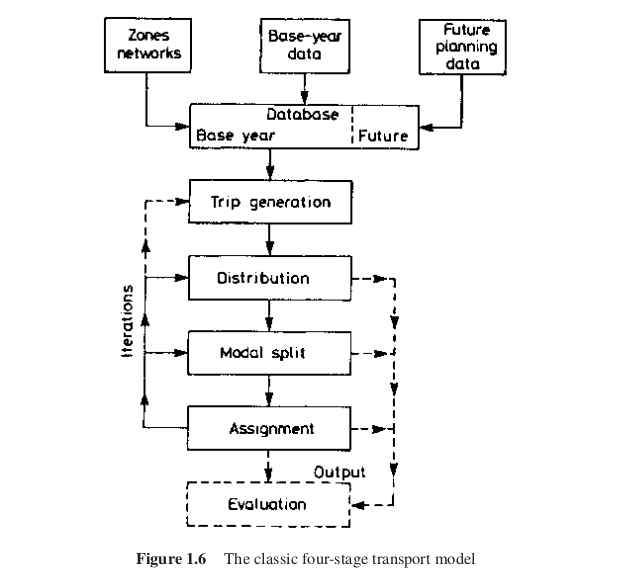
Introduction to transport data science
Module: Transport Data Science
2025-09-17
Who: Transport Data Science team
Robin Lovelace
- Associate Professor of Transport Data Science
- Researching transport futures and active travel planning
- R developer and teacher, author of Geocomputation with R
Yuanxuan Yang
- Lecturer in Data Science of Transport
- New and Emerging Forms of Data: Investigating novel data sources and their applications in urban mobility and transport planning.
TDS Team II
Malcolm Morgan
- Senior researcher at ITS with expertise in routing + web
- Developer of the Propensity to Cycle Tool and PBCC
Zhao Wang
- Civil Engineer and Data Scientist with expertise in machine learning
Demonstrators
You!
What is transport data science?
- The application of data science to transport datasets and problems
- Raising the question…
- What is data science?
- A discipline “that allows you to turn raw data into understanding, insight, and knowledge” (Grolemund, 2016)
In other words…
- Statistics that is actually useful!
Why take Transport Data Science
- New skills (cutting edge R and/or Python packages)
- Potential for impacts
- Allows you to do new things with data
- It might get you a job!
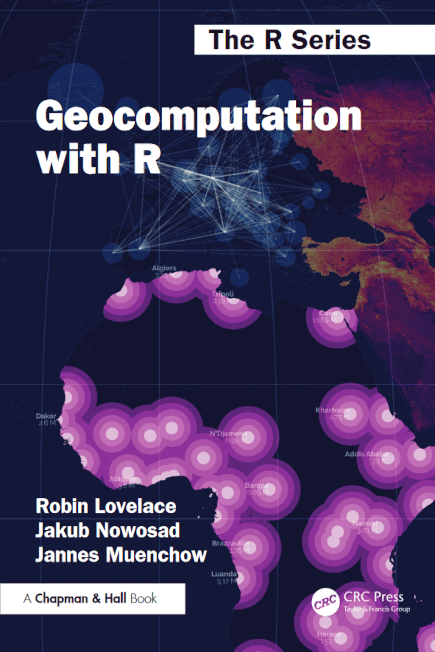

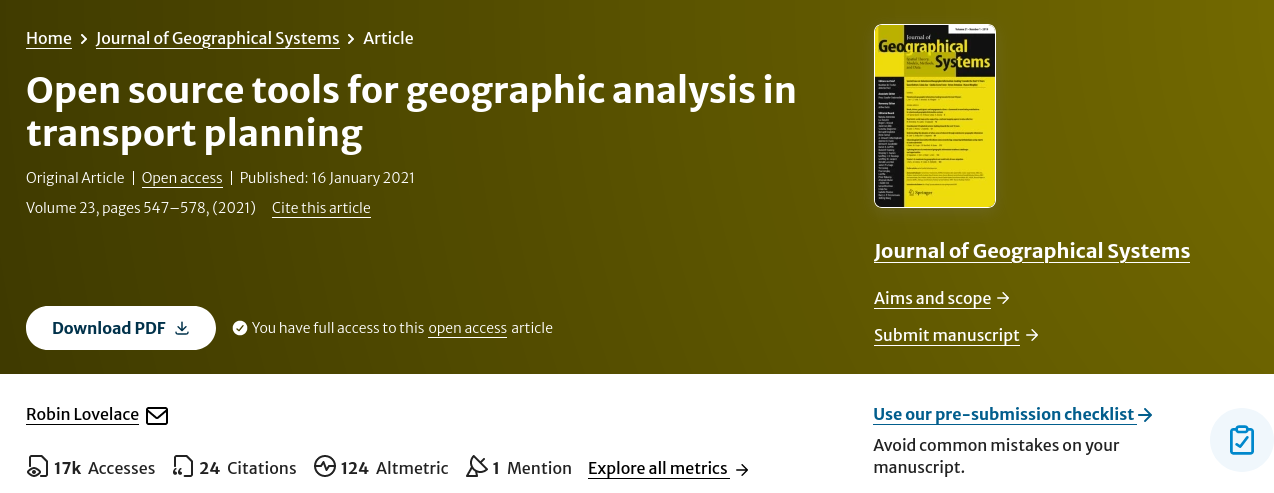
Example
Data science spin-out company: ImpactML
Data science employability

The Bureau of Labor Statistics in the US projects a 35% increase in data science roles in decade 2022-2032.” Source: visualisecurious.com
Live demo: npt.scot web app
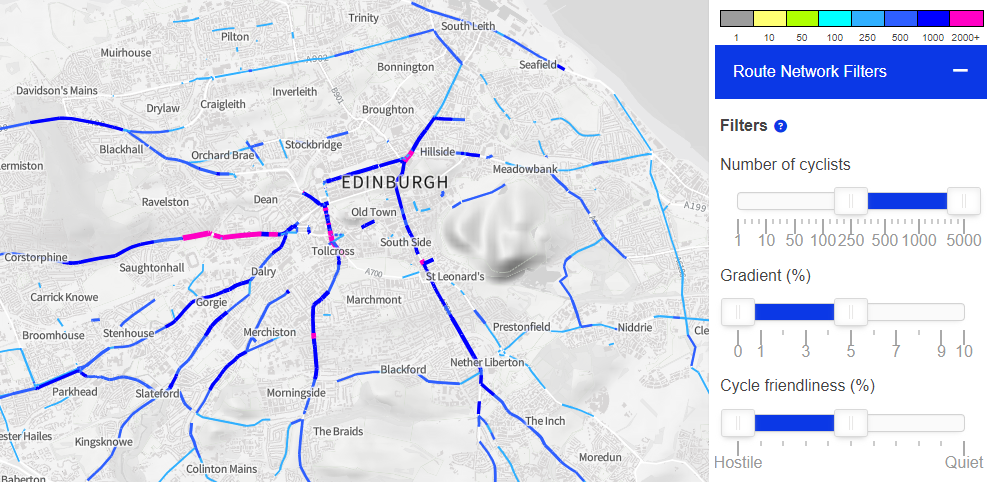
The history of TDS
2017: Transport Data Science created, led by Dr Charles Fox, Computer Scientist, author of Transport Data Science book (Fox, 2018)
The focus was on databases and Bayesian methods
2019: I inherited the module, which was attended by ITS students
Summer 2019: Python code published in the module ‘repo’:
History of TDS II
- January 2020: Available, Data Science MSc course
- March 2020: Switch to online teaching
- 2021-2023: Updated module, focus on methods
- 2024: Switch to combined practical sessions and lectures
- 2025+: Expand, online course? book? stay in touch!
Milestone passed in my academic career, first online-only delivery of lecture (ITSLeeds?), seems to have worked, live code demo with #rstats/rstudio, recording, chat + all🎉
Thanks students for ‘attending’ + remote participation, we’ll get through this together.#coronavirus pic.twitter.com/wlAUxmZj5r— Robin Lovelace March 17, 2020
Reading list
See the reading list for details
Objectives
Understand the structure of transport datasets
Understand how to obtain, clean and store transport related data
Gain proficiency in command-line tools for handling large transport datasets
Produce data visualizations, static and interactive
Learn how to join together the components of transport data science into a cohesive project portfolio
Assessment (for those doing this as credit-bearing)
- You will build-up a portfolio of work
- 100% coursework assessed, you will submit by
- Written in code - will be graded for reproducibility
- Code chunks and figures are encouraged
- You will submit a non-assessed 2 page pdf + qmd
Feedback
The module is taught by two really well organised and enthusiastic professors, great module, the seminars, structured and unstructured learning was great and well thought out, all came together well
I wish this module was 60 credits instead of 15 because i just want more of it.
Timetable
See the schedule for details
What is science?
- Scientific knowledge is hypotheses that can be falsified
- Science is the process of generating falsifiable hypotheses and testing them
- In a reproducible way
- Systematically

- Falsifiability is central to the scientific process (Popper 1959)
- All of which requires software conducive to reproducibility

Transport planning software
Transport modelling software products are a vital component of modern transport planning and research.
- They generate the evidence base on which strategic investments are made and, furthermore,
- provide a powerful mechanism for researching alternative futures.
It would not be an overstatement to say that software determines the range of futures that are visible to policymakers. This makes status of transport modelling software and how it may evolve in the future important questions.
What will transport software look like? What will their capabilities be? And who will control? Answers to each of these questions will affect the future of transport systems.
- Premise: transport planning/modelling software used in practice
will becomeis becoming increasingly data-driven, modular and open.
Current transport software
4-stage model still dominates transport planning models (Boyce and Williams 2015)
The four stage model
Impacts the current software landscape
Dominated by a few proprietary products
Limited support community online
High degree of lock-in
Limited cross-department collaboration
Existing products
Sample of transport modelling software in use by practitioners.
| Software | Company/Developer | Company HQ | Licence | Citations |
|---|---|---|---|---|
| Visum | PTV | Germany | Proprietary | 1810 |
| MATSim | TU Berlin | Germany | Open source (GPL) | 1470 |
| TransCAD | Caliper | USA | Proprietary | 1360 |
| SUMO | DLR | Germany | Open source (EPL) | 1310 |
| Emme | INRO | Canada | Proprietary | 780 |
| Cube | Citilabs | USA | Proprietary | 400 |
| sDNA | Cardiff University | UK | Open source (GPL) | 170 |
User support
Getting help is vital for leaning/improving software

“10-Hour Service Pack $2,000” (source: caliper.com/tcprice.htm)
Online communities
- gis.stackexchange.com has 21,314 questions
- r-sig-geo has 1000s of posts
- RStudio’s Discourse community has 65,000+ posts already!
- No clear transport equivalent (e.g. earthscience.stackexchange.com is in beta)
- Solution: build our own community!
- See https://github.com/ITSLeeds/TDS/issues for example
- Place for discussions: https://github.com/itsleeds/tds/discussions
Best way to get support is peer-to-peer:
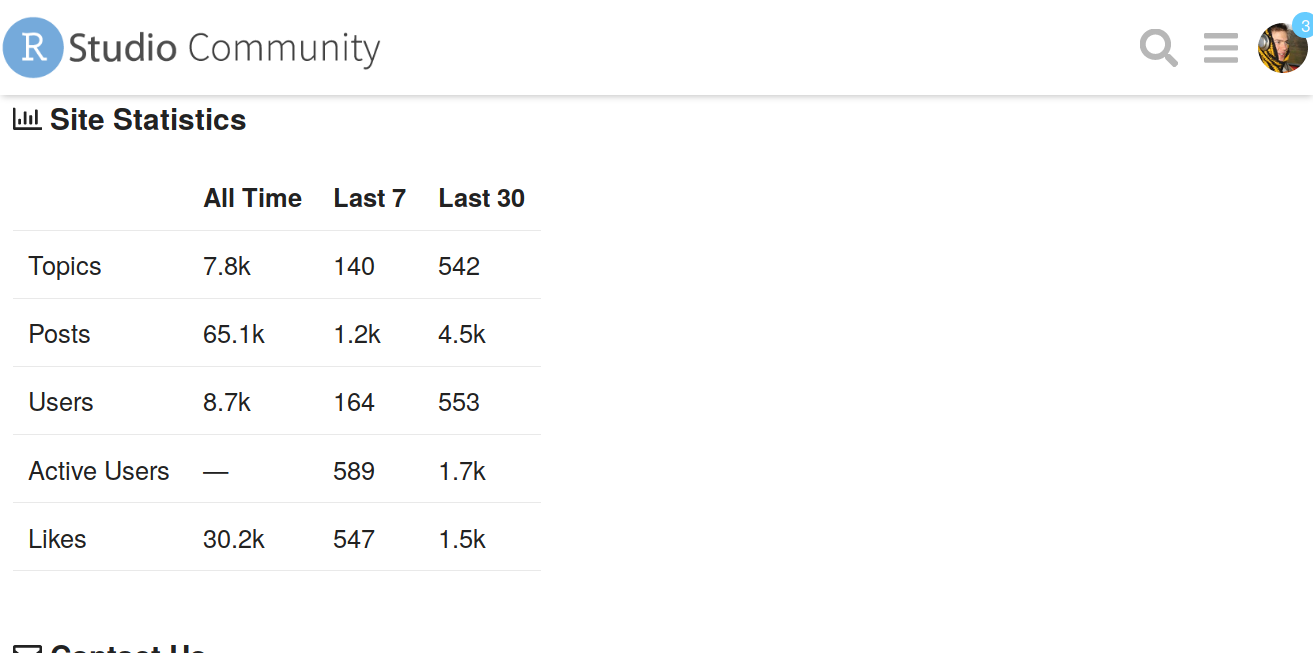
Source: https://community.rstudio.com/about
How is data science used in the PCT?
- It’s all reproducible, e.g.:
- Find commuting desire lines in West Yorkshire between 1 and 3 km long in which more people drive than cycle:
Visualising data
A fundamental part of data science is being able to understand your data.
That requires visualisation, R is great for that:

Interactively
Processing data with code
Now we have data in our computer, and verified it works, we can use it
Which places are most car dependent?
Checking the results:

R vs Python
- Lots of debate on this topic - see https://blog.usejournal.com/python-vs-and-r-for-data-science-833b48ccc91d
How to decide?
- If priority: getting things done quick (with support from me ;) go with R
- If you already know Python and are 100% confident you can generate reproducible results, go with that
- If you want to be avant-garde and try something else like Julia, do it (as long as it’s reproducible)

Gamification

- Completely open source, written in rust
- Source: video at https://github.com/dabreegster/abstreet/#ab-street
Summary
- Walk and understand the data before doing complex things
- Visualise the data, ask questions of it, descriptive stats
- Only then add complexity to your analysis
- Starting point for this: Transport chapter of Geocomputation with R (Lovelace, Nowosad, and Münchow 2025)